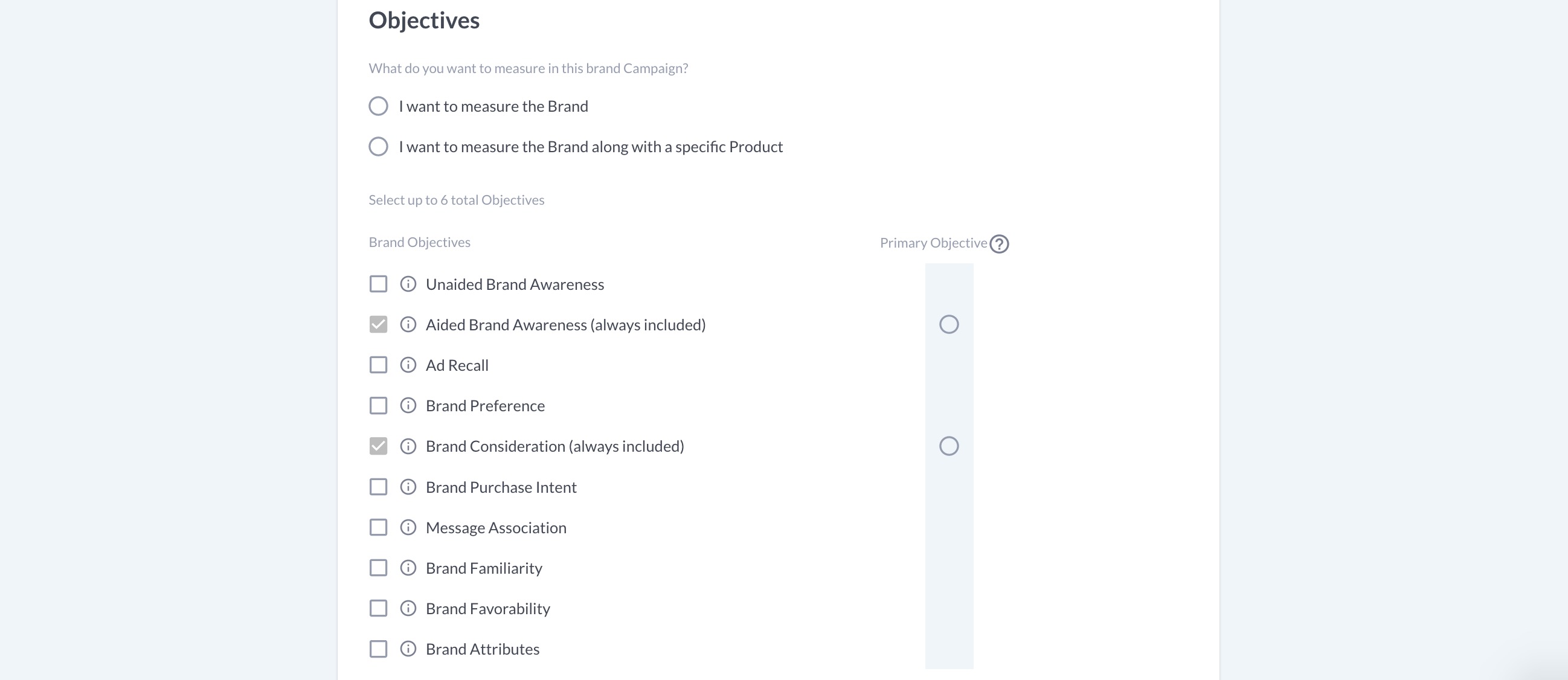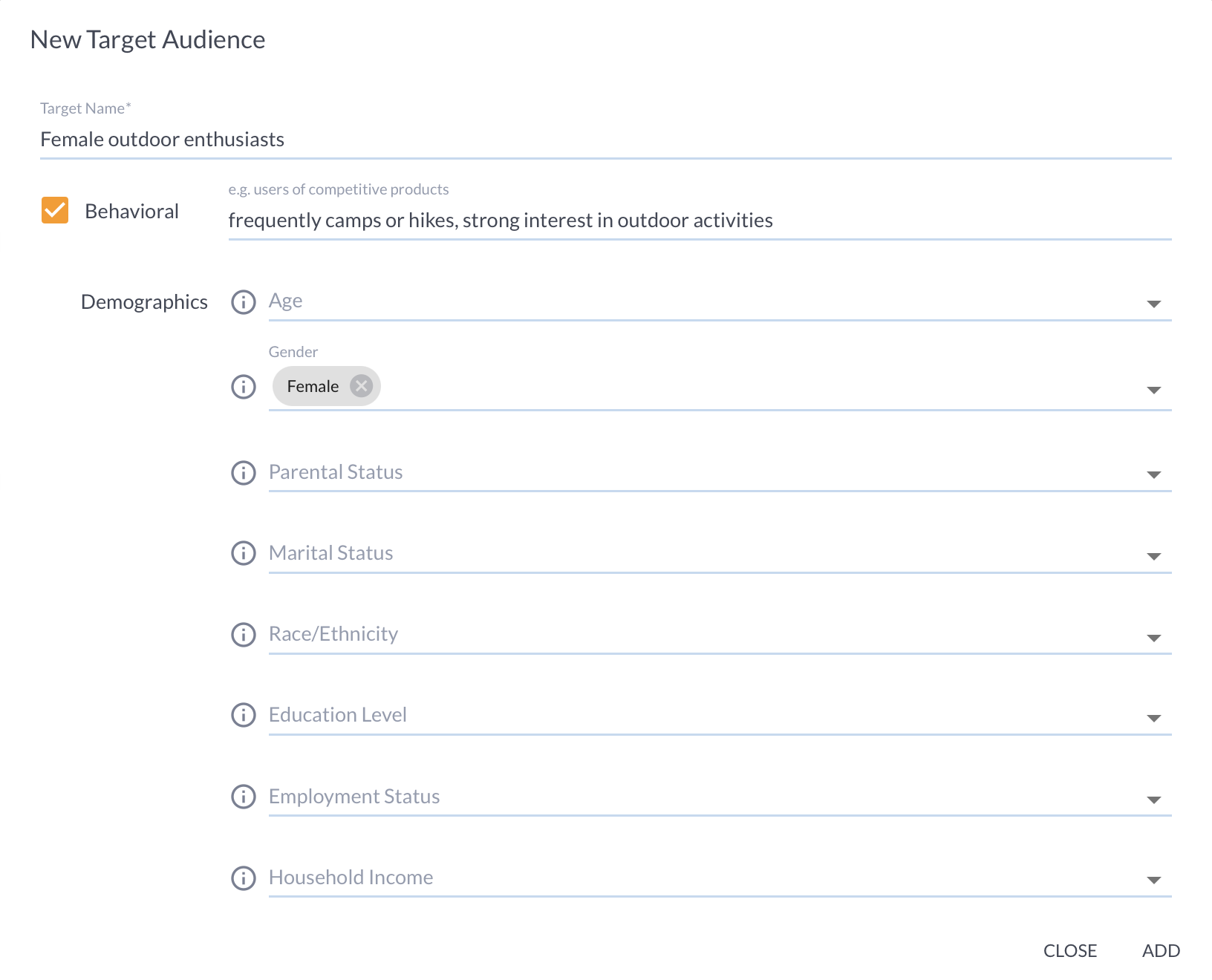Campaign Objectives & Targets
Overview
The information provided in this form is used to dynamically customize how consumer data is collected to measure your campaign. Specifically, these inputs inform the Questionnaire that Upwave will serve for your Upwave measurement study.
Note: If you need to collaborate with others to supply campaign objectives and targets, simply click "Save and Exit" so you (or others) can complete the form later. Do this, rather than submit the form prematurely, since the form is not editable after submission.
Once your inputs look correct, click "Submit", which will initiate the Questionnaire to be created. One ready, we will send the Questionnaire for approval to your Campaign Setup & Management Contacts designated on your Campaign Creation form.
Populate the Objective and Targets form
Brand
The name of the brand, the category of the brand, and the top competitors to the brand within this category are used to dynamically customize questions used in interviews to measure this campaign.
While you may have more than 5 competitors, the goal isn't to measure your competitive set - it's to 'blind' the interview in order to minimize bias. What matters is that the top list of competitors includes like-minded brands in the category.
Objectives
Start by selecting the type of campaign you are running. Brand campaigns have one of three types of objectives: (1) Brand outcomes only, (2) Brand outcomes, and outcomes for one product, or (3) Brand outcomes, and awareness for multiple products.
Brand campaigns have one of three sets of objectives.
Brand Only
Starter question
To measure only brand objectives, not product objectives.
Some campaigns advertise a brand, and some advertise products under the brand umbrella. This option should be used when a brand is being advertised.
Add screenshot/video/some visual example
Flower Fresh OR Flower Fresh dryer sheets
To measure brand objectives and Awareness, Consideration, and/or Purchase Intent of one product.
Flower Fresh AND Flower Fresh dryer sheets
Product Category: in contrast to the brand category, the product category might be more granular and specific to the product being measured.
If the product category is the same as the brand category (e.g. laundry detergent), input the same information.
If the product category is more granular (e.g. laundry detergent vs. dryer sheets), specify the category for the product being measured.
What we're looking for is a product that corresponds with your brand and at least two more that correspond respectively with the competitors indicated in the Brand section.
To measure brand objectives and Awareness of multiple products.
This is uncommon. Most ads only feature one brand or product.
Scented products: Flower Fresh Fabric Softener Springtime, Flower Fresh Fabric Softener Ocean waves, Flower Fresh Fabric Softener Lavender garden.
This option should be used when measuring multiple products that belong to the same brand.
Product names of the same brand should be entered as "competitor products" for the selected product objectives.
Under Additional Information, include a note that the objective is to measure the brand and multiple products of the brand.
Primary Objective
Selecting your Primary Objective defaults charts, tables, and trends to this KPI. This means when you arrive at your Lift Chart, a chart with this KPI should appear automatically. Other KPIs will be accessible and available to optimize as usual.
Tell us the intended outcomes of the campaign by selecting up to 6 objectives. Some objectives require additional information.
Select which of the objectives is the Primary Objective. Selecting your Primary Objective defaults charts, tables, and trends to this KPI. This means when you arrive at your Lift Chart, a chart with this KPI should appear automatically. Other KPIs will be accessible and available to optimize as usual.
Target Audiences
Upwave uses your targeting information to measure the extent to which your media tactics are reaching your intended audience.
The Target Audience information you provide informs:
Questionnaire: Upwave may include questions to determine if a respondent is in your intended target audience.
Cuts: see results by each distinct target audience you provide. If you provide 3 Target Audiences, you will see 3 distinct cuts in your results.
Target Audience criteria does not affect whether a respondent is included in your overall results - it does not target the survey itself.
Click Add Target to define your first target audience.
Provide a clear description in the Target Name field.
Check the "Behavioral" box, if applicable, and describe the behavior of the audience you are targeting.
Select any applicable Demographic characteristics in your target audience from the drop-down options.
All information provided within a target audience is AND'd together.
In the example below, the target audience is defined as female AND behaviors indicating enthusiasm for the outdoors.
Repeat the Add Target process to define each distinct target audience.
For example, your campaign could target "female outdoor enthusiasts" as one audience, and "frequent snowboarders" as a second audience.
You can add up to 10 distinct audiences. However, target audiences should reflect your campaign’s strategy rather than segments - ideally 1-3 rather than 8+.
Note that narrowly targeted audiences may not reach sufficient sample size for results.
You can find the most common targets below:
BEHAVIORAL
Past Usage
Category Familiarity
Purchase Frequency/Role/Location
In-market status
Product ownership
Activities/ Activity frequency
CONTEXTUAL
Topics read/consumed
Media consumption frequency
Television recency
Streaming/TV genres
Time online
DEMOGRAPHIC (Selectable when adding a new Target Audience)
Age / Gender
Parental Status
Martial Status
Ethnicity / Race
Education Level
Employment Status
Household Size
Household Income
Additional Information
Use this section to let Upwave know any more information about the study. Such as:
Geo targeting
If a KPI you wish to measure is not listed
Extended descriptions of Target Audiences





